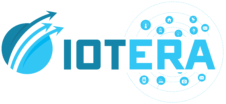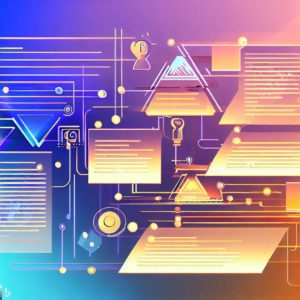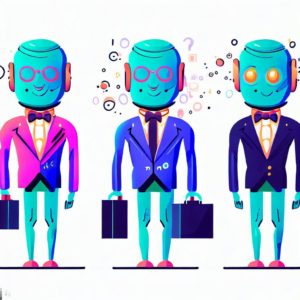Introduction In the realm of smart agents, prompts function as...
Read MoreIoT – a term that has gained popularity faster than the time you took to finish a box of Thin Mints. The Internet of things is basically made up of all of physical, everyday devices which can connect to the Internet through devices like our Smartphone (thus making themselves “smart”).
Through IoT we can connect the physical space to the virtual space and collect data from the physical device to make predictions, draw conclusions, and improve existing functions. IoT is used everywhere these days from Smart Toasters to even a simple temperature sensor.
There are gazillions of applications using IoT in the sports and fitness industry: wearable devices for activity tracking, sensor augmented equipment for data collection and analysis, 3D cameras and body sensors for performance monitoring and much, much more besides.
In today’s article, we’re going to discuss the application of IoT in the bat-and-ball based sports industry. This could be for any sport such as cricket, tennis, baseball, golf…. basically, anything that requires a literal bat and ball to play. Weird, right?
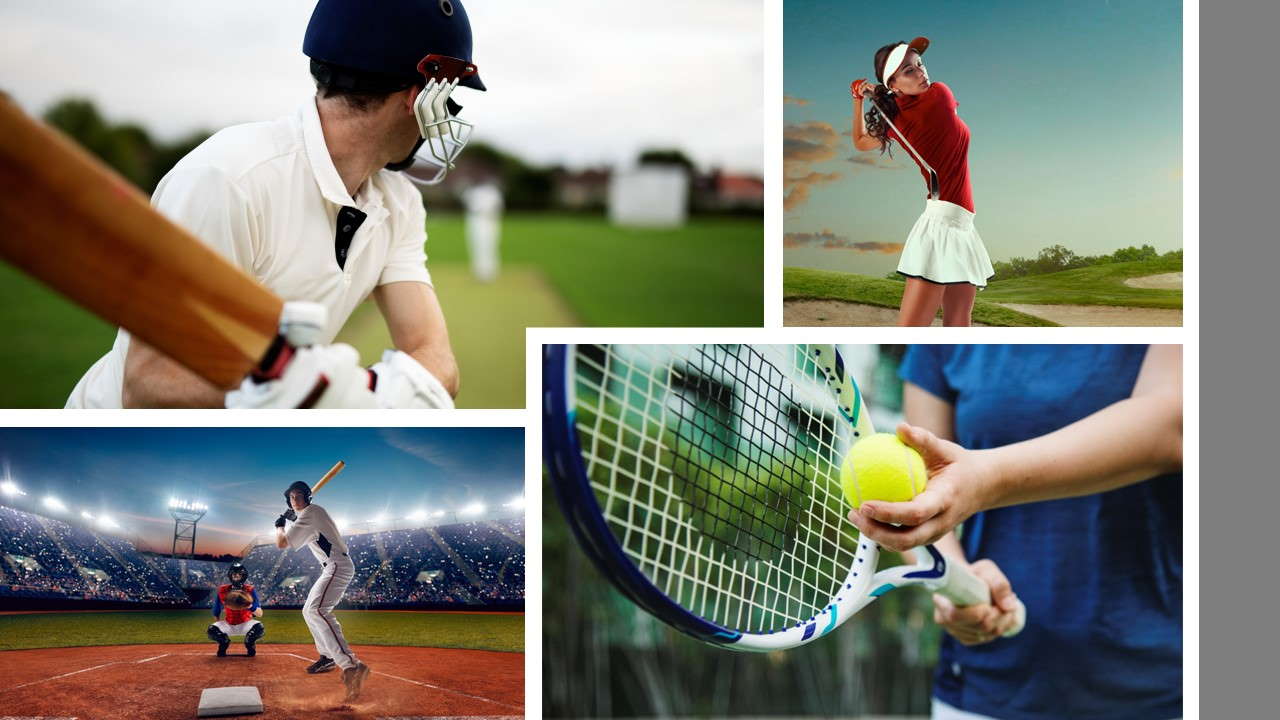
What are we trying to achieve with IoT?
The purpose of the IoT based product here is to train players and monitor their progress by measuring motion, gestures and hits that players make. The smart system uses sophisticated machine learning algorithms (aka programs that can analyze the collected data and improve their performance) to provide players and trainers with helpful feedback.
For example, if you were a baseball player using a “smart baseball” for practice, then the ball may be able to provide data upon the force you’re hitting the bat with to your coach’s smart phone. All of this can be used to greatly improve player performance!
Systems like the above example are based upon four fundamental layers in the device: thesensory layer, communication layer, processing layer, and user interface layer.Read on to find out what
How would you design an IoT system?
Systems like the above example can be based upon four fundamental layers in the device: the sensory layer, communication layer, processing layer, and user interface layer. Read on to find out what
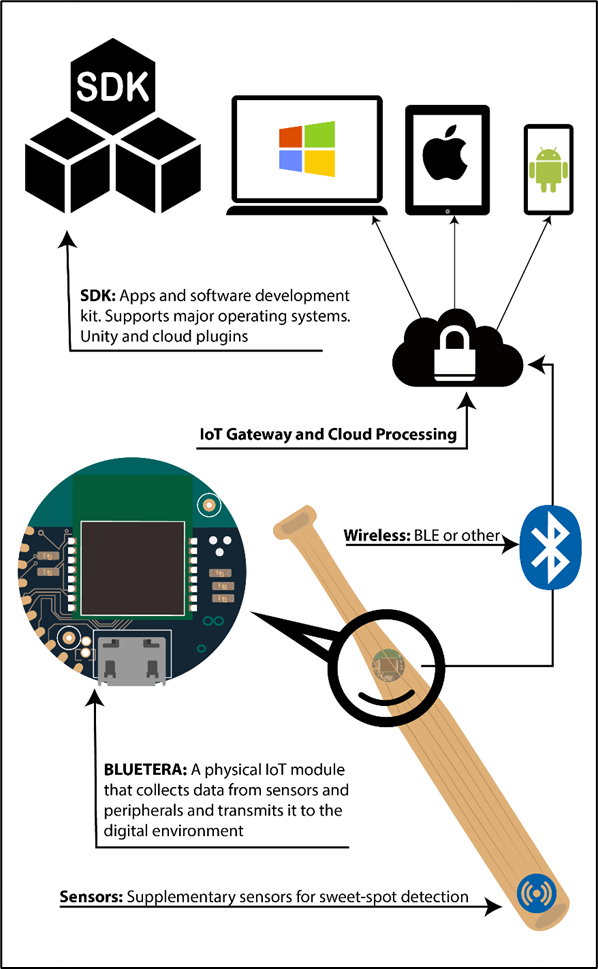
- The sensory layer: This layers based on a physical smart device located inside the bat. Its main purpose is to collect data such as player motion, bat acceleration, the ball’s “sweet spot”, that is, the location where the ball hits the bat and much more interesting information besides.
This contraption can be located inside the bat (for new products) or attached as an add-on to existing bats. The latter is especially challenging, though can result in huge sales if done right. It will usually include a processing module for processing the data, memory for data storage and a built in communication unit like a screen for interaction.
- The communication layer: The layer responsible for providing the means to transmit data collected by the sensors, to the processing and interface layers. It also allows full control over the smart device. The layer is usually based on short range, low energy, wireless protocols (up to 100 meters) such as Bluetooth 4.0 or maybe the new 5.0 version. However, the layer can also be based upon long range protocols such as LoRaWAN, LTE, and mBIoT without any complications. The choice of wireless protocol depends on specific parameters such as data rate, power considerations and cost.
- The processing layer: Cloud based and includes the required sensor fusion, signal processing, and machine learning algorithms for data analytics. Using the cloud provides many benefits such as unlimited computation power, connectivity to multiple devices, IP protection etc. In many cases the processing layer is distributed between all the system elements in order to decrease data bandwidth and preserve power.
- The player interface layer: Now, youruser, will not be usually interacting with any other layers except this one. A user interface is simply a screen which the user can understand and operate with just the click of a simple button – no technical knowledge needed. This final layer in the device is a software application for a usable human-machine interface. It includes dashboards, indications, notifications, and command & control interfaces. The software is usually hosted on mobile devices – cell phones, handheld devices, and smart watches – and can be an installed app or browser based.
All of the above layers required for the development of a Smart Bat are provided by the sensor platforms with prototype development happening in a matter of mere weeks. Tensor Technologies is always present on duty to provide swift technical assistance regarding hardware, communication, software or machine learning. We thoroughly enjoy providing our services using the latest technology to form a state of the art product.
More Posts
Unleashing the Future: Crafting Your Very Own Smart Agents
Introduction As we witness the rapid evolution of artificial intelligence...
Read MoreMy first commandment for product manager – Product-Market-Fit
My first commandment for product manager Product-Market-Fit Last Updated: 16...
Read More